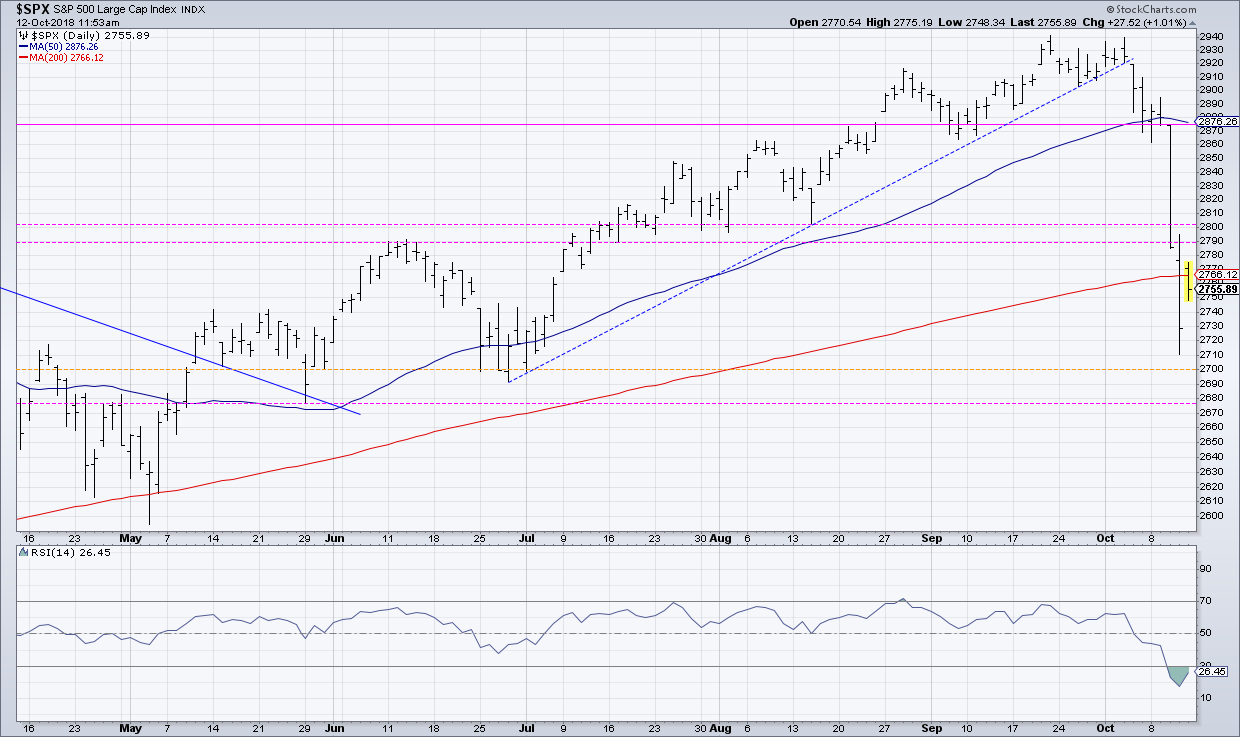 I was panicked.
I was panicked.
On my previous training flight, I had put the Cessna 172 into a nose dive. That’s right, in my attempt to demonstrate a power-off stall, I had literally pointed the airplane directly at the ground. Which is not a good idea if you want to remain in the air!
I will never forget the sensation as my heart jumped into my throat. All I saw out the front window was the ground. Life was in slow motion.
Luckily, my flight instructor had immediately taken the controls and brought us back to straight and level flight. And we discussed at length how to avoid putting myself and the plane in that position on future flights.
But today was my first time back in the air, and I was just scared.
As we navigated to the practice area, I informed my instructor that I was fairly nervous about attempting another power-off stall. Sure, I had reached out to a couple pilot friends who both reminded me that the Cessna has a “mighty air frame” that is quite stable. They shared their own stories of struggling through parts of their flight training journeys.
You see, when something goes wrong in the air, it’s not like a cartoon character realizing they are in mid-air before plunging straight down to a small mushroom cloud. An airplane can actually glide for miles and miles, which gives the pilot plenty of time to figure things out.
When I informed my flight instructor of my concern, he offered to provide a demonstration of how the plane recovers from a sudden loss of altitude. To put another way, he offered to put the plane into a “correction.”
 The S&P 500 experiences a sudden loss in altitude...
The S&P 500 experiences a sudden loss in altitude...
After I agreed, he pushed forward on the yoke and pointed the nose down toward the ground. We went down. Quickly. But after a few seconds, the nose pitched back up. The nose eventually moved back above the horizon and we gained a little altitude. The plane then tipped backed lower, then higher, then lower, then higher, before finally settling in straight and level.
The initial plunge lower was sudden and disorienting. The subsequent rise was a bit surprising. In the end, we lost plenty of altitude, but we didn’t crash. We eventually stabilized, albeit at a much lower altitude.
This, my friends, is what a market correction feels like.
A novice investor, much like a student pilot, gets caught up in the emotional reaction to the loss of altitude and can often make hasty decisions as a result.
A mindful investor has studied the past and knows what corrections are like, even if they haven’t experienced many firsthand. If you take a step back and review the price action from the first half of 2018, you’ll notice a striking resemblance to the flight path I described above.
A mindful investor also has a well-articulated game plan so that positions are changed based on a predefined set of conditions instead of a kneejerk reaction to the emotions of the day. The best time to prepare for a correction is the day before a correction. When you enter a long position, make it clear in your trading journal at what point you would exit or reverse the position.
For now, the weight of the evidence is bearish. Until I see some signs of stabilization at a lower altitude, I’ll wait for the market to work through this corrective period.
RR#6,
Dave
David Keller, CMT
President, Sierra Alpha Research LLC
Disclaimer: This blog is for educational purposes only and should not be construed as financial advice. The ideas and strategies should never be used without first assessing your own personal and financial situation, or without consulting a financial professional.
The author does not have a position in mentioned securities at the time of publication. Any opinions expressed herein are solely those of the author, and do not in any way represent the views or opinions of any other person or entity.






